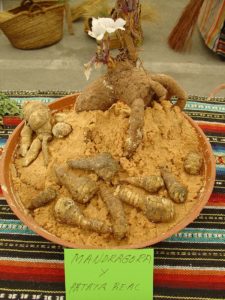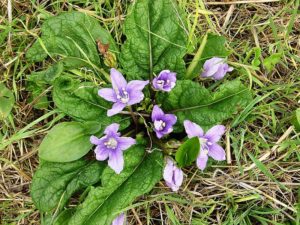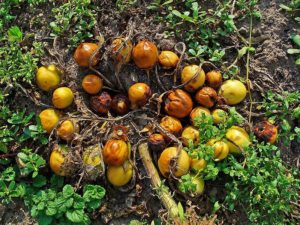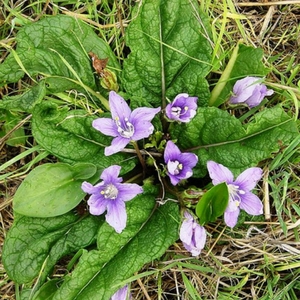
Mandrake Roots
Mandrake (Mandragora officinarum) has a long history and many superstitions attached to it. There are references to it in the Bible as well as in ancient books of magical practices.
Perhaps the most widespread superstition attached to mandrake is the belief that the root screams as it is pulled from the ground. This belief stems from the fact that the root of the plant grows in a shape that can be interpreted as humanlike. It is also said that if you hear the scream, you will die. There are many instructions on how to use animals to pull the root from the ground so that the humans can stay out of earshot. Some sources claim that the unfortunate animals pulling the root from the ground and hearing the scream drop dead.
Mandrake is a member of the nightshade family. The roots and leaves are poisonous, containing alkaloids that cause hallucinations, vomiting and diarrhea. There are also reports of symptoms similar to atropine poisoning.
Surprisingly, mandrake also has narcotic effects. In small quantities, it will induce unconsciousness. In ancient times, it was used as an anesthetic for surgery. In larger doses, death will occur.

Mandrake Flowers
Mandrake is native to the Mediterranean region. It is hardy in zones 6 – 8. In colder climates, it can be grown in containers and brought indoors during the winter. Make sure that the container is deep enough to contain the root which can grow to 4 feet in length. If the container is too shallow or the crown of the plant is planted too deep, the plant will be stunted. The crown should be planted even with the top of the soil. Planted too far above the soil, the foliage will have no support because there is no main stem.
Mandrake prefers full sun but will tolerate some shade. Well-drained soil is a must or the roots, which resemble parsnips, will rot. The leaves can grow as long as 16 inches but because they grow in a rosette rather than growing upright, the plants are only 2- to 6-inches high. The flowers, which appear in the spring, are bell-shaped and violet followed by orange or yellow berries in the late summer.

Mandrake Berries
Propagation is usually by division of the roots or via offsets. Mandrake can be grown from seeds, but it can be a little tricky to germinate. The seed must be fresh, no more than six months old. It’s best to collect seed from the ripe berries in the fall. The seeds need a period of cold stratification either planted outdoors during the winter or in a container for a month in the refrigerator. Germination should occur in 14 days after stratification. Be aware that not all of the seeds will germinate. If planted outdoors, a few will germinate in the fall or even the following spring.
Mandrake is a cool season plant. The foliage may disappear in the heat of the summer and then reappear in the cooler fall weather. It takes two years for plants to become established, bloom and produce berries. The roots can be harvested when they are 3- to 4-years old. When you harvest, there is no need to wear earplugs. They do not actually scream when pulled from the ground!

